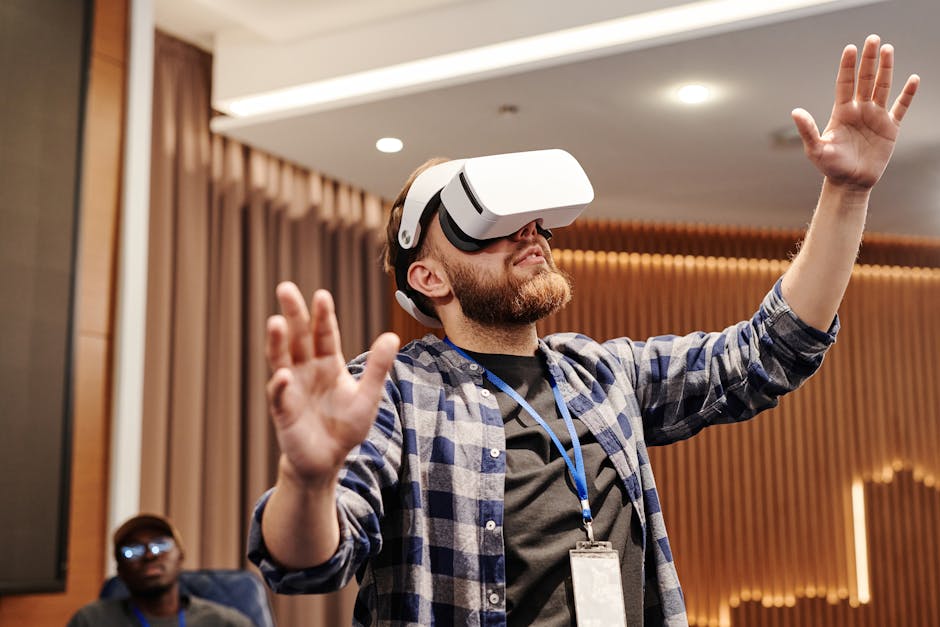Essential Strategies for Lean Start-up Product Design
Did you know that 90% of start-ups fail due to poor product-market fit?
To avoid becoming a statistic, you must embrace essential strategies for lean start-up product design.
By identifying user pain points, prioritising features for MVP, rapid prototyping and iteration, user testing and feedback integration, and scaling MVP for growth, you can create a product that resonates with your audience and drives innovation.
Key Takeaways
- Thorough user research and empathy mapping are essential for understanding user needs and pain points.
- Prioritising features for MVP should be based on the potential impact on solving pain points and feasibility within constraints.
- Rapid prototyping and iteration are important for refining the product and gathering valuable feedback.
- User testing and feedback integration are crucial for enhancing user experience and continuously iterating the MVP.
Identifying User Pain Points

Identify user pain points by conducting thorough user research to understand their specific frustrations and challenges. Understanding customer needs is essential for creating a successful product.
Empathy mapping can help you gain deep insights into your users’ emotions, thoughts, and behaviours. By putting yourself in their shoes, you can uncover pain points that mightn’t be immediately obvious. Empathy mapping allows you to identify what your users are thinking and feeling, what their pain points are, and what they’re trying to achieve. This process helps you develop a deeper understanding of your users, leading to more innovative solutions that truly address their needs.
Empathy mapping is a powerful tool for gaining a comprehensive understanding of your users’ pain points. By identifying and mapping out these pain points, you can prioritise features that directly address these issues, creating a minimum viable product (MVP) that resonates with your target audience.
Understanding your users’ frustrations and challenges will guide you in prioritising the most crucial features for your MVP, setting the stage for a successful product launch.
Prioritising Features for MVP

To effectively prioritise features for your MVP, delve deeper into the pain points identified through empathy mapping, allowing you to focus on addressing the most crucial issues for your target audience. By understanding the specific pain points, you can make informed decisions about which features are essential for your MVP development.
Here’s how you can prioritise features effectively:
-
User Impact
-
Determine the potential impact of each feature on solving the identified pain points.
-
Prioritise the features that directly address the most significant pain points for your users.
-
Feasibility and Innovation
-
Assess the feasibility of implementing each feature within the constraints of MVP development.
-
Additionally, prioritise features that showcase innovation and set your product apart in the market.
Rapid Prototyping and Iteration

Start rapidly prototyping and iterating your MVP to gather valuable feedback and refine your product efficiently. Rapid experimentation is essential for validating your design and ensuring that it alines with user needs. By quickly creating and testing prototypes, you can identify potential issues early on and make necessary adjustments, leading to iterative refinement of your product.
This approach allows you to gather user feedback at each stage of development, ensuring that your product meets the needs and expectations of your target audience.
Iterative refinement through rapid prototyping and iteration enables you to make informed decisions based on real user insights, ultimately leading to a more impactful and successful product. Embracing this approach empowers you to swiftly adapt to changing market demands and user preferences, setting the stage for continuous improvement and innovation.
As you engage in rapid prototyping and iteration, you pave the way for seamless user testing and feedback integration, which plays a pivotal role in the ongoing development of your MVP.
User Testing and Feedback Integration

Continuing to iterate and refine your MVP through rapid prototyping, you can now actively engage in user testing and integrate feedback to validate and enhance your product’s design. User testing is essential for gaining insights into the user experience and identifying areas for improvement. Incorporating feedback from your target audience allows for iterative improvement, ensuring that your product alines with customer expectations and needs.
Here are the key steps to effectively integrate user testing and feedback into your product design process:
-
Conduct User Testing: Engage real users to interact with your product and gather their feedback on the overall experience. Use qualitative and quantitative methods to gather comprehensive insights into user behaviour and preferences.
-
Feedback Incorporation: Analyse the feedback received and implement necessary changes to enhance the user experience. Prioritise feedback based on its impact on the overall product design and user satisfaction.
Scaling MVP for Growth

You can propel the development of your minimal viable product (MVP) by strategically alining it with the requirements for sustained growth. Market analysis plays a crucial role in this phase, helping you identify opportunities for expansion and potential challenges.
By understanding market trends, customer needs, and competitive landscapes, you can tailor your MVP to meet evolving demands and stay ahead of the curve.
Resource allocation is another key factor in scaling your MVP for growth. Efficiently managing your resources, including time, money, and talent, is essential for sustaining momentum as you expand. It’s important to prioritise features and enhancements that yield the most value for your target audience while optimising your investment.
Additionally, staying agile and responsive to market feedback is vital for refining your MVP as you scale. Iterative improvements based on user insights and performance data will enable you to continuously enhance your product to meet evolving market demands.
Frequently Asked Questions
How Can I Effectively Incorporate Customer Feedback Into the Rapid Prototyping and Iteration Process?’
To effectively incorporate customer feedback into rapid prototyping and iteration, engage users early and often. Gather feedback, analyse it, and make iterative improvements. This approach ensures that your product design alines with customer needs and preferences.
What Are Some Common Pitfalls to Avoid When Scaling an MVP for Growth?’
When scaling an MVP for growth, avoid over engineering by focussing on essential features. Manage technical debt by prioritising tasks and regular maintenance. Stay agile and adaptable to pivot quickly based on customer feedback.
How Do I Ensure That the Features Prioritised for the MVP Aline With the Identified User Pain Points?’
To ensure MVP features aline with user pain points, start by deeply understanding user empathy and their journey. Use design thinking to validate pain points and prioritise features that directly address user needs.
What Are Some Creative Ways to Identify User Pain Points Beyond Traditional Market Research Methods?’
To truly understand user pain points, try user empathy exercises like creating personas and journey mapping. Design thinking workshops with real users can uncover deeper insights. Use these creative methods to innovate product design.
What Role Does Data Analysis Play in User Testing and Feedback Integration, and How Can I Leverage It to Improve My Product Design?’
To improve your product design, leverage data-driven decisions. Analyse user behaviour to integrate feedback effectively, resulting in product improvement. User testing and feedback integration play a critical role in making informed design decisions.
Conclusion
You’ve learnt the essential strategies for lean start-up product design. Just like a sculptor shaping a masterpiece, you’ve identified the pain points, prioritised features, and rapidly prototyped to create a valuable MVP.
Through user testing and feedback, you’ve refined your creation, ready to scale for growth. Keep chiselling away and remember, the masterpiece is in the details.
Keep iterating and refining until you’ve created a product that truly solves your users’ pain points.
Contact us to discuss our services now!
